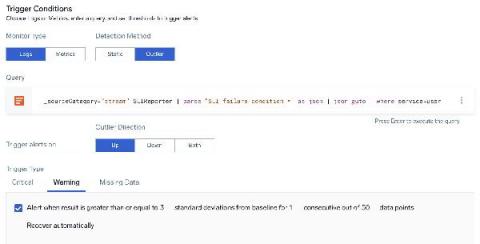Security | Threat Detection | Cyberattacks | DevSecOps | Compliance
SecOps
Arctic Wolf Managed Risk
Automated Threat Intelligence: An Overview
SecOps and security teams spend an excessive amount of time sifting through low-value, poorly-contextualized alarm data rather than actively hunting for valid threats. This is because bad actors are constantly looking to steal whatever they can hold onto with the least exposure. Recent ransomware attacks in critical business sectors only serve as reminders that organizations cannot lie dormant. This blog post will unpack strategies to help overcome these challenges and explain why integrating threat intelligence with security orchestration and automation is critical for an effective security operations strategy.
Modernizing SOC and Security
Detect Everything: Bring Google Scale NDR to your Security Operations
Disrupt Your SOC or Be Disrupted
What is Digital Forensics? Defining Digital Forensics and Incident Response
According to Research and Markets, the worldwide digital forensics market will expand at a compound annual growth rate of 13% through 2026. The rise of cybercrime is most certainly driving its growth — especially since digital forensics plays a critical role in mitigating cyberthreats in the modern security operations center (SOC).
Cybersecurity Visibility: The Key for Business, Security and SOC Alignment
It has become obvious that visibility is one of the critical pillars for the success of any organization’s cybersecurity program. Research by ESG found that nearly 80% of organizations with a lack of visibility into their assets report roughly three times as many incidents. That sobering statistic is cited in a recent report from SANS, Making Visibility Definable and Measurable, that examines the issue from multiple perspectives.








